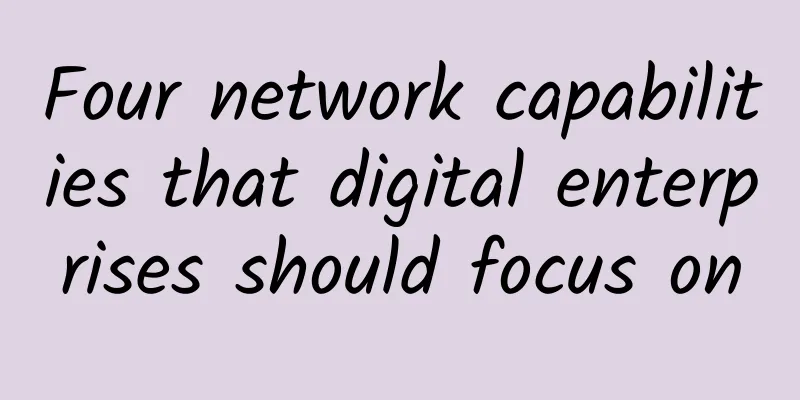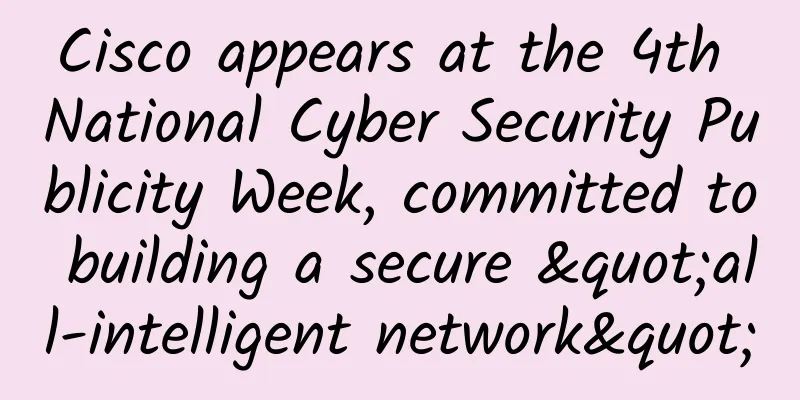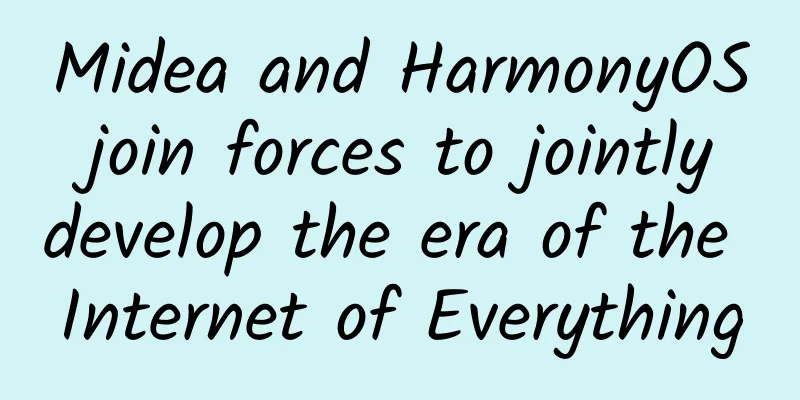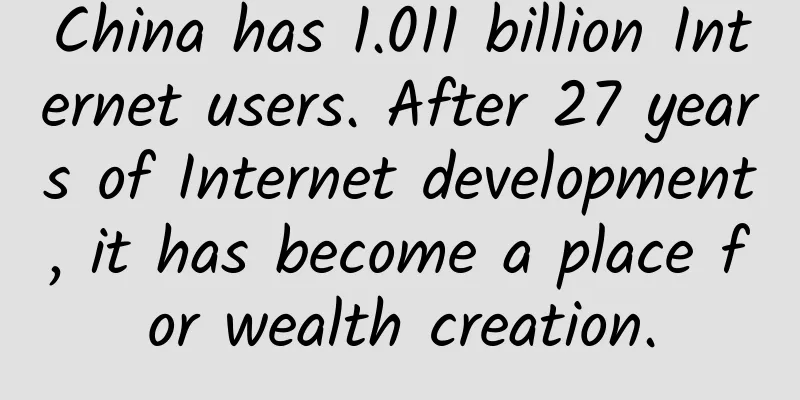6G network, what application scenarios will it have in the future?
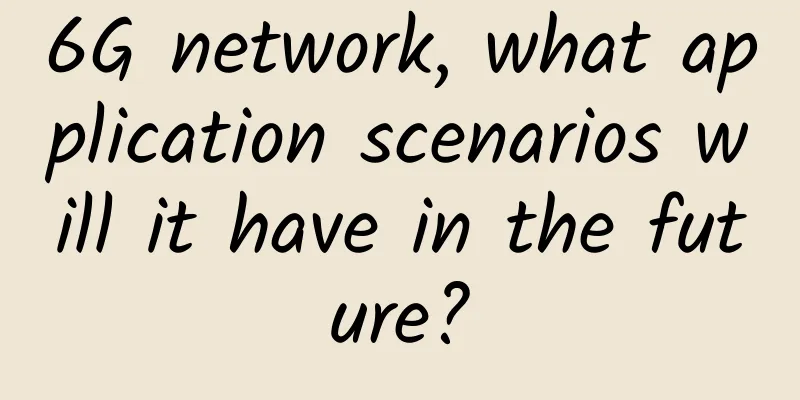
|
Looking back at the entire development history of mobile communications, the update rhythm of "one generation every ten years" covers all aspects of key technology research, standardization, industrialization and commercial application promotion. Each generation of mobile communication technology attempts to solve the problems faced by the industry development and application at that time, and push the development of communication technology to a new height. The initial 1G provided a solution for mobile voice communication, but the cost was high and the experience was poor; the subsequent 2G solved these problems well and achieved the global popularization of mobile voice applications; 3G began to try data communication, although it was not very successful, it cultivated an application ecosystem and laid a good foundation for 4G to achieve rapid prosperity of mobile Internet; 4G began to explore the application of the Internet of Things, and 5G hopes to achieve the interconnection of all things. With the rapid penetration of 5G applications, continuous breakthroughs in science and technology, and the deep integration of DICT, 6G will fully support the digitalization of the world based on 5G, that is, to generate a digital twin virtual world based on the physical world, and people and people, people and things, and things and things in the physical world will be able to transmit information and intelligence through the digital world. The twin digital world is a reflection of the physical world, helping humans to further improve their quality of life, increase production efficiency, and realize the beautiful vision of "6G reshaping the world." The combination of technologies such as 5G, cloud computing, big data and artificial intelligence will inevitably accelerate the digitalization of the entire society. So what is the next stage of digitalization? This article believes that it is digital twins. In the future and even after 2030, the entire society will not only have a physical world, but also a digital world. The digital world is composed of digital mirrors of the physical world. Based on the digital world, it is possible to simulate the operating status of the physical world and predict the development trend of the physical world. Based on these predictions, some preventive measures are formed to intervene in the operation of the physical world in advance, thereby changing the future. Digital twins were first used in predictive maintenance of aircraft engines. If the engine of an aircraft fails during flight, the consequences will be catastrophic, and passengers and airlines will find it difficult to bear. Therefore, aircraft engine manufacturers use digital twin technology to predict the operating status of the entire aircraft engine and possible failures, and perform maintenance in advance to ensure that the aircraft can fly freely without failure. I believe that this concept will gradually penetrate into all walks of life and every corner of society, thus forming a world of digital twins. In the digital twin world, the application of artificial intelligence technology will be very extensive. Artificial intelligence may be the hottest technology so far. We hope to realize the development vision of ubiquitous intelligence after 2030, so that the application of artificial intelligence can be everywhere. At present, the social development vision of "digital twins and ubiquitous intelligence" has basically become a consensus in the industry. Under such a social development vision, many new application scenarios will emerge, such as human digital twins, holographic interaction, synaesthesia and intelligent interaction. The first new application scenario is the digital twin of a person. By wearing or implanting sensors, various information about the human body is collected in depth, and a digital human body is constructed based on the set model, which is called a digital human. Digital humans can simulate and simulate local organs of the human body, the body's circulatory system, etc., and then predict possible lesions in the human body, and simulate and verify the means of intervention. After confirming that it can achieve the expected effect, the intervention means are applied to the physical body, thereby avoiding the occurrence of diseases (such as cerebral infarction, myocardial infarction, etc.), and achieving the highest medical realm of "preventive treatment". In this way, the quality of human life and the quality of life can be greatly improved, and the problem of difficulty in seeking medical treatment faced by today's society can be solved. Of course, many things can be done based on these body data, such as organ research, precision medicine, virus cultivation and surgical assistance, etc., which will play a very important auxiliary role in improving the quality of human life. The second application scenario is synaesthesia. The existing communication system can realize the transmission and interaction of vision and hearing, but in the future people hope to be able to transmit more senses, such as touch, smell, taste, etc. Even human emotions can be transmitted and interacted to realize synaesthesia. With synaesthesia, the collaboration between machines and virtual social interaction are no longer a dream. We can deliver hugs, and we can also improve the efficiency and effectiveness of skill learning through synaesthesia between coaches and athletes, and even bring revolutionary changes. The third application scenario is super-powered transportation. The future of transportation can be integrated air, land and space transportation, with flying cars, unmanned delivery planes and water transportation. People can customize their travel methods according to the travel route, traffic conditions, destination, etc. to maximize travel needs. To this end, the network must support more new capabilities, including precise positioning, reliability and high security requirements of connectivity, etc. The fourth application scenario is holographic interaction. Holography will completely change the form of communication and interaction, realize the upgrade of immersive experience, and bring about a revolution in the way of life, entertainment and work. Perhaps in the future, when having a meeting, the speaker will be a holographic projection, and the audience may also be listening to holographic projections. The fifth application scenario is intelligent interaction. On the one hand, the form of interaction will become intelligent, especially the interaction between man and machine, which will be more situational and personalized, especially in the emotional care of the disabled, mentally retarded, sick, children and the elderly, bringing a deeper humanistic care experience; on the other hand, intelligence, as a condensation of skills and experience, can directly interact between people, people and machines, and machines and machines, greatly improving the efficiency of learning and collaboration. From the above-mentioned scenarios, it can be seen that future services and applications will undergo very big changes, presenting many new features: first, the demand will become more diversified and fragmented, and the dynamic range of network capability requirements will be larger, including rate, latency, reliability, etc.; second, the three-dimensional coverage, not only considering the ground coverage, but also the three-dimensional coverage, so it is necessary to consider satellite as a supplementary coverage method; third, the form and content of interaction will be more diversified, no longer the simple human-computer interface or simple communication content; fourth, the openness and customization of services. The pursuit of personalization will be an important manifestation of human self-liberation and self-worth. Personalized business customization will bring more business models to the industry. Open services can enable anyone to become a service provider, rather than just passively accepting the services of operators and Internet service providers; fifth, the deep integration of communication, perception, computing, AI and security. The future communication network will no longer provide only communication functions, but a comprehensive capability system including computing power, AI capability, security capability and perception capability, thereby expanding the application space of the entire 6G network. |
<<: 5G is here, how far is 6G?
>>: 6G transmission capacity may be 100 times higher than 5G. 5G is here. How far is 6G?
Recommend
Ethernet Adapter Market to See Record Revenue Growth in 2022
According to a recent report released by DellOro ...
Sharktech: High-defense servers start at $69 per month, with data centers in Los Angeles, Denver, Chicago, etc.
Sharktech, also known as Shark Data Center or SK ...
Shengye: Equipping "engineering projects" with a digital brain
The construction industry is an important pillar ...
After running blindly, how much money did operators make from 5G?
[[347740]] Recently, China Mobile and China Unico...
Sharktech: High-security VPS with 50% off annual payment starting at $47.7/year - 2GB/40GB/4TB/Los Angeles & Denver multiple data centers
Sharktech is offering a 25% discount on quarterly...
Chrome DevTools: Modify User-Agent and customize personalized UA
[[442534]] This article is reprinted from the WeC...
Is it wrong to choose WiFi as the route to attack the Internet of Vehicles? It doesn’t matter whether the cat is black or white, as long as it catches the mouse!
From the first three-wheeled vehicle developed by...
Gartner: Enterprises rethink software security strategies
Businesses are rethinking risk management and sof...
Linkerd 2.10 (Step by Step) (I) Adding your service to Linkerd
[[405467]] In order for your services to take adv...
Four departments jointly issued a document, and 5G development has attracted attention again
In order to expand investment in strategic emergi...
7 bond modes of Linux multi-NIC
Linux multi-NIC bonding There are seven network c...
RAKsmart: Japan/Hong Kong/US popular cloud servers as low as 10% off $12.15/year, regular cloud servers 30% off
RAKsmart also offers promotions for cloud servers...
Top 5 IT Infrastructure Monitoring Tools
All IT departments face this problem - when probl...
DigitalVM: 50% off on all VPS, 1-10Gbps unlimited traffic starting from $4/month in the US/Japan/Singapore
Digital-VM is a foreign VPS service provider esta...
Six steps to prepare for a 5G IoT future
Gartner predicts that by 2023, there will be 49 m...


